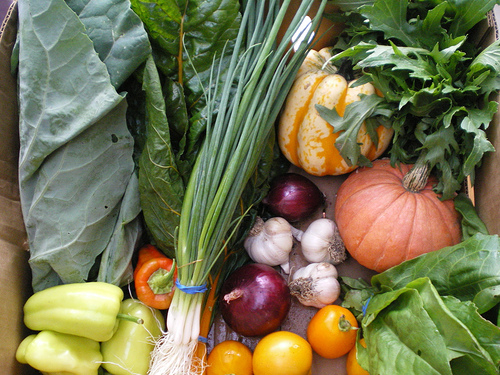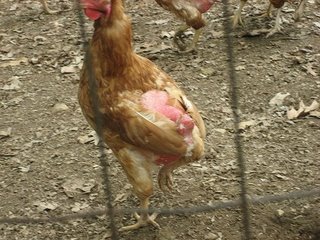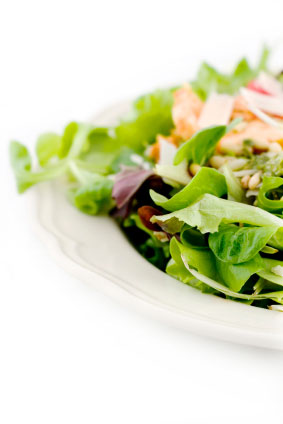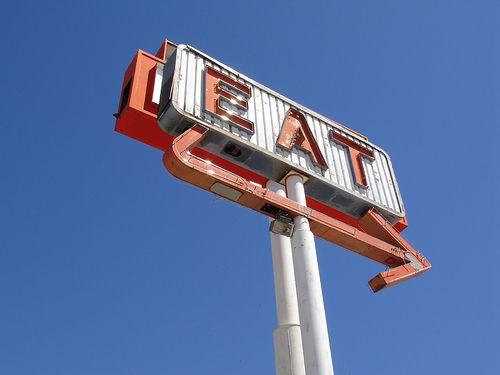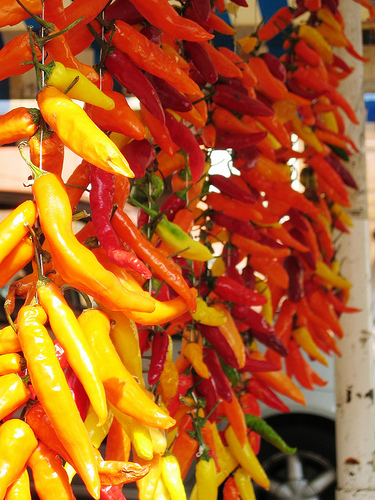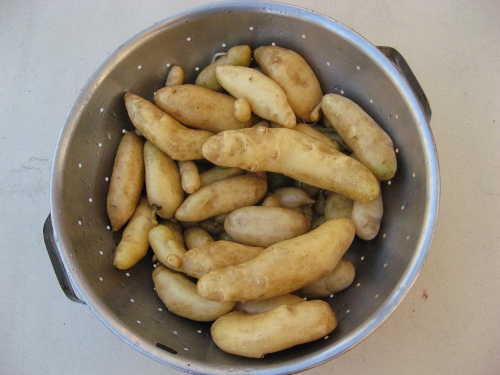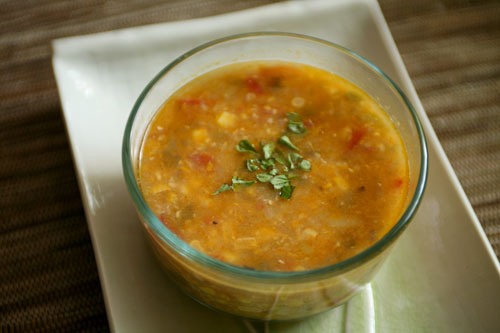by Ben Willis
If you’re looking to eat amazingly fresh food, support local farmers, and live a more sustainable lifestyle, then consider investing in a farm share. Also known as Community Supported Agriculture (or CSA), farm sharing has become an increasingly common option for consumers to purchase food directly from a local farm. For the uninitiated, it works like this:
- Farms sell “shares” of the produce, meat, or dairy that they will produce over a specified period of time, generally between 12 and 30 weeks.
- Consumers buy these shares, essentially investing in the anticipated production of a farm and providing the farm with working capital for the season.
- On a weekly, bi-monthly, or monthly basis, the farm delivers food to centrally located sites for consumers to pick up.
There are a number of benefits to buying food through CSAs—from getting fresher food that lasts longer and tastes better to reducing the distance food travels and its environmental impact to supporting the local economy rather than multinational corporations. However, in my experience, some of the most direct and lasting benefits came from the variety and unpredictability of produce from farm shares.
Revolutionize Your Diet With A Farm Share
With produce farm shares, what you get is dependent on what’s growing at that time of year in your region. It’s also dependent on what happens to mature first, which is often unpredictable. No matter what, you will get an assortment of veggies that are sure to last you through the season, but be prepared for some surprises.
Not knowing what veggies you’ll be eating that week can be challenging, but with the right attitude and a little creativity, you’ll find some delicious new options that will revolutionize your diet forever. In fact, I can directly attribute a substantial portion of my current diet to produce I was exposed to through farm shares.
If it were not for farm shares, I would never have tried my hand at cooking things like swiss chard and kale or including greens like mizuna and arugula in salads. There are even types of veggies that I didn’t even know existed until I pulled them out my box from the farm share! While that may seem a little intimidating, fear not; cooking with farm shares can be both easy and fun.
Tips on Cooking with Produce from Farm Shares
- Don’t try to plan. At least not the veggie part of your meals. You may have a good sense of what’s coming your way if you know what’s grown in your region and what’s in season, but even so, you’ll often be surprised—and that’s a good thing.
- Work with what you’ve got. While you don’t get much choice in the matter, that can be a liberating experience (especially when it means getting a bounty of amazingly fresh and tasty vegetables delivered every other week!). No longer will you have to spend your precious time negotiating the vast and perilous produce section.
- Be ready to experiment. A positive, adventurous attitude will go a long way to getting the most out of your farm share. If you’ve never cooked something before, welcome the opportunity to try something new. Many farm shares provide guides to what’s in your box ‘o’ veggies along with recipes that incorporate one or more of the items. And, of course, there’s always the Internet.
Meat and Dairy Farm Shares
In contrast to their produce-based counterparts, meat and dairy farm shares are usually quite specific about what you’re getting. They also tend to deliver more goods, less frequently. With meat shares, you buy a set number of pounds of one or more types of meat to be delivered once a month, or sometimes even just once a year.
What cuts of meat you get can vary, so the same rules of cooking with produce from farm shares apply. While it’s not particularly difficult to cook a pork chop, you might need a little creativity or the help of a cookbook to use some of the less common cuts. The only caveat is that you should make sure you’ve got plenty of freezer space. It can be difficult to use 30 pounds of lamb before it goes bad, after all, and you’ll have a lot more flexibility and freedom in what you eat and when.
Is Buying a Meat Share Worth it?
You may find that meat shares are significantly more expensive than buying the same items in a supermarket. On one hand, you’re paying a premium for the ecological and ethical benefits raising animals sustainably and humanely. On the other hand, once you’ve tasted local grass-fed beef, you may not even care.
A lot of the value that comes from meat and dairy shares is in the quality and freshness of the products. Not only are they tastier, they’re also significantly healthier to eat than their mass-produced brethren. Due to better animal feed, lack of artificial hormones, antibiotics, and pesticides, and overall better treatment, meat from farm shares tends to be leaner, more nutritious, and host to fewer contaminants.
Finding a Local Farm Share or CSA
Hands-down, the best resource for finding a farm share near you is LocalHarvest.org. Local Harvest provides a great way to search for farm shares, farmer’s markets, and other great ways to eat local food by city or zipcode.
Ben Wills is a contributing editor to Planet Matters And More, a site focused on sustainable agriculture and healthy dieting.
Image Credit: Creative Commons photo by JenWaller
